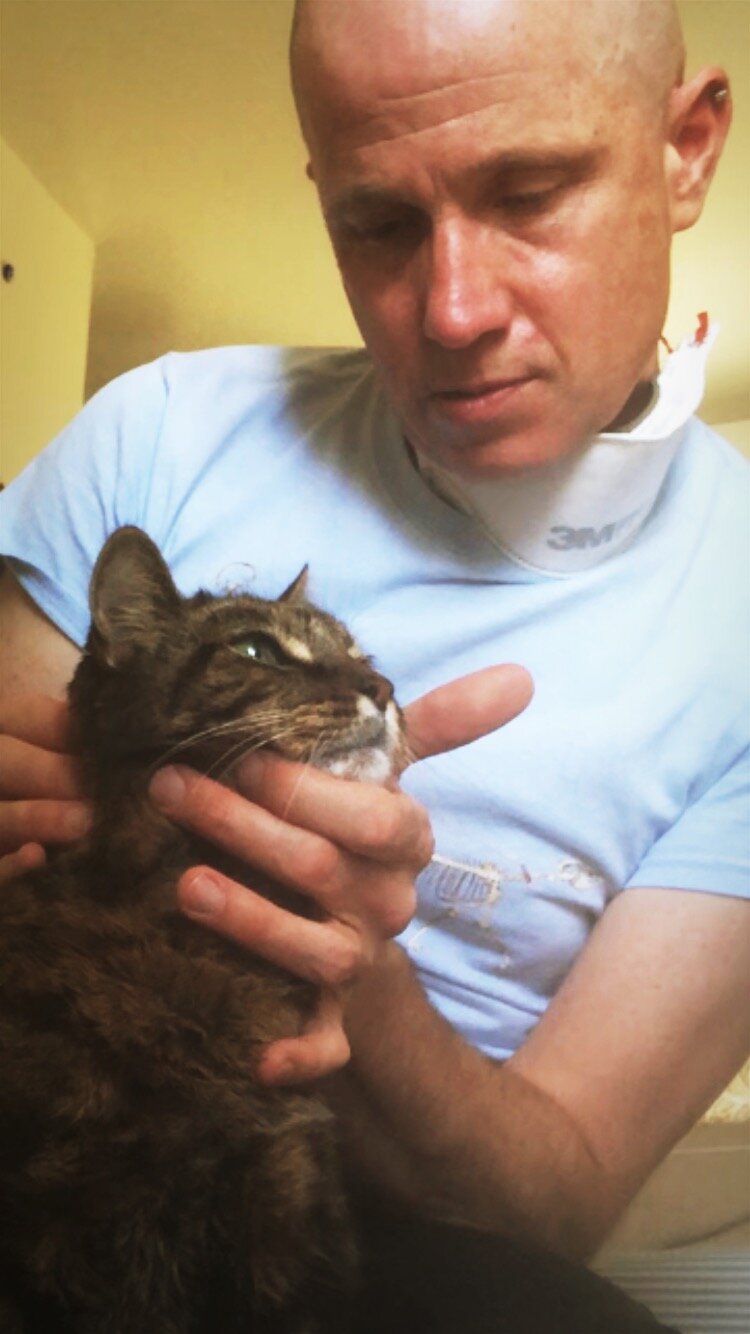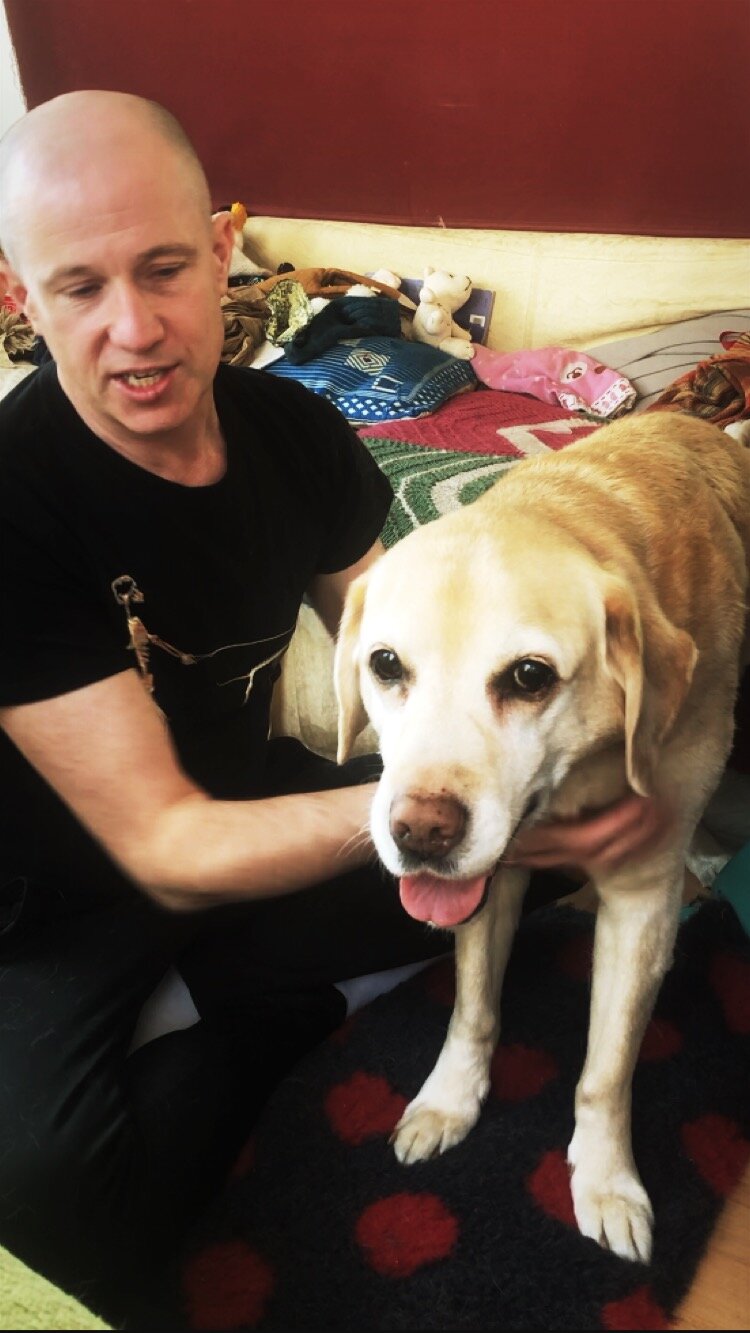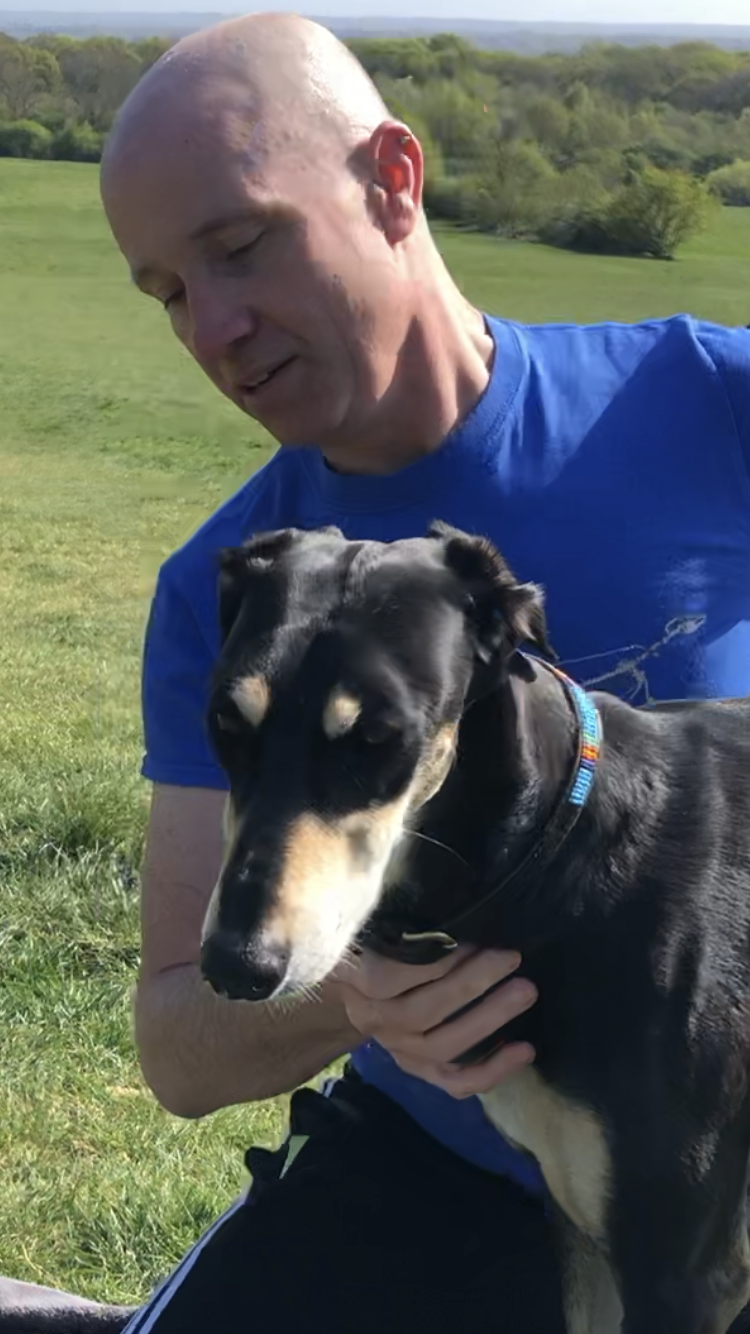Animal osteopathy.
Like humans, animals can respond positively to manual therapy. There are many forms of osteopathic techniques that can be used for a variety of conditions.
But how can an animal tell you what's wrong?
Awareness of animal behaviour and findings made in the observation and examination of the animal help to understand what is contributing to the distress an animal may be feeling. This, together with the information the owner and vet supplies, helps to formulate the treatment plan, if appropriate.
What animals can be treated?
Essentially there are very few limits, with different practitioners having different specialities. Glenn trained at MSc level in both dogs and horses. Although Glenn’s main client base are dogs, Glenn also has experience of treating horses, cats, hedgehogs, foxes and goats.
What is the process?
Veterinary consent to treat is required by law and is a straightforward process. Simply get in touch and this simple process will be explained. Often just a phonemail or email to your vet is all that is required.
Where does the treatment take place?
Glenn travels throughout London to visit animals in their own homes. The animal is usually far more relaxed in their own home - they do not have the associations of what happens at a vet practice. It is also a chance for the osteopath to look at the home environment, taking into account floor surfaces, jumping and running zones, stairs, gardens, food and watering stations etc. It also gives more space for the owner to observe and even participate in the consultation, as stretches and massage techniques are often taught to the owners, enhancing rehabilitation and well-being.
How well trained is the osteopath?
First of all, you have to become an osteopath treating humans which takes five years and is at BSc level. Only then, can an osteopath study animal osteopathy. Glenn was one of the first osteopaths in Europe to gain an MSc in animal osteopathy (University of Greenwich / European School of Osteopathy), graduating with a distinction in 2018.
Glenn is registered with both The General Osteopathic Council (GOSC) and The Register of Animal Musculoskeletal Practitioners (RAMP).
Before and after video showing how osteopathy improved the gait and well-being of Drake, a Staffordshire bull terrier.
Before and after treating a Staffordshire bull terrier with osteopathy.

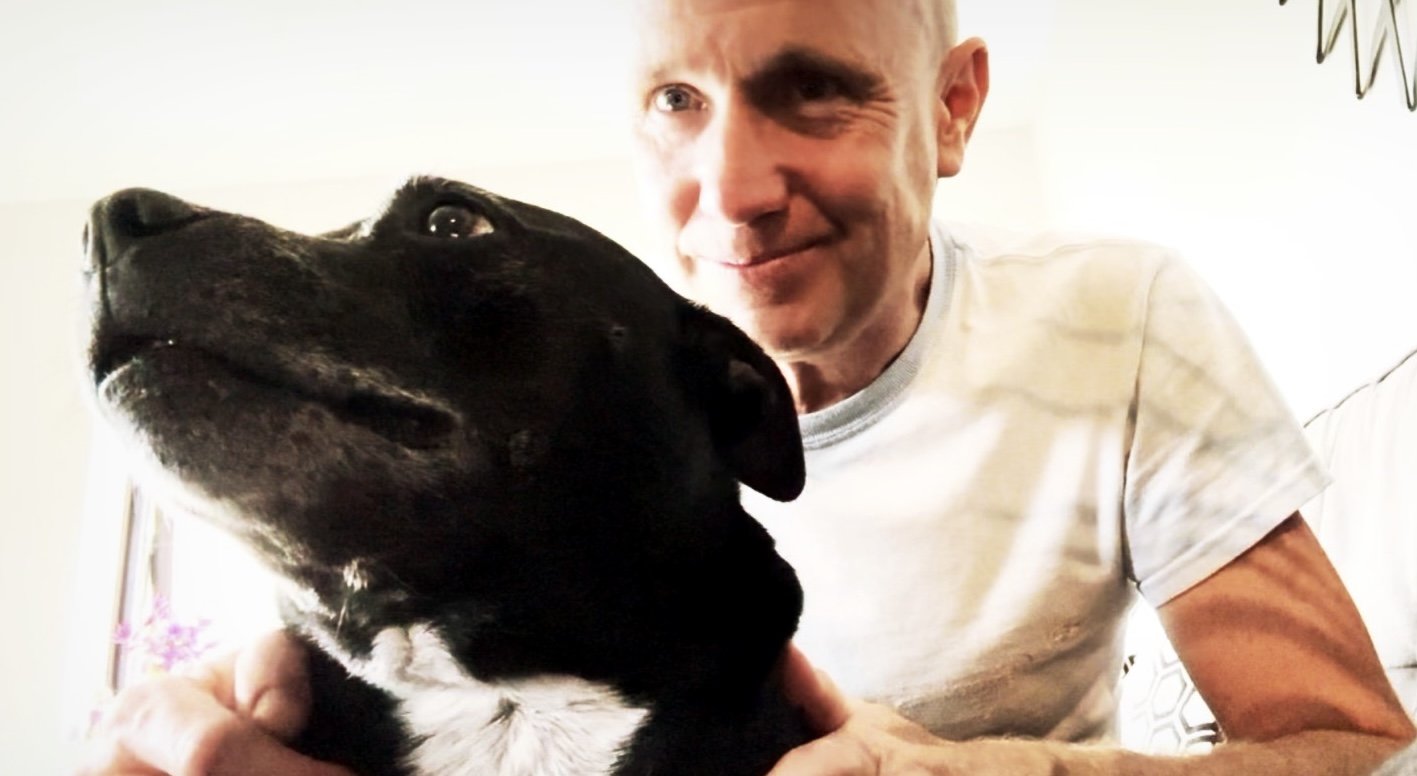
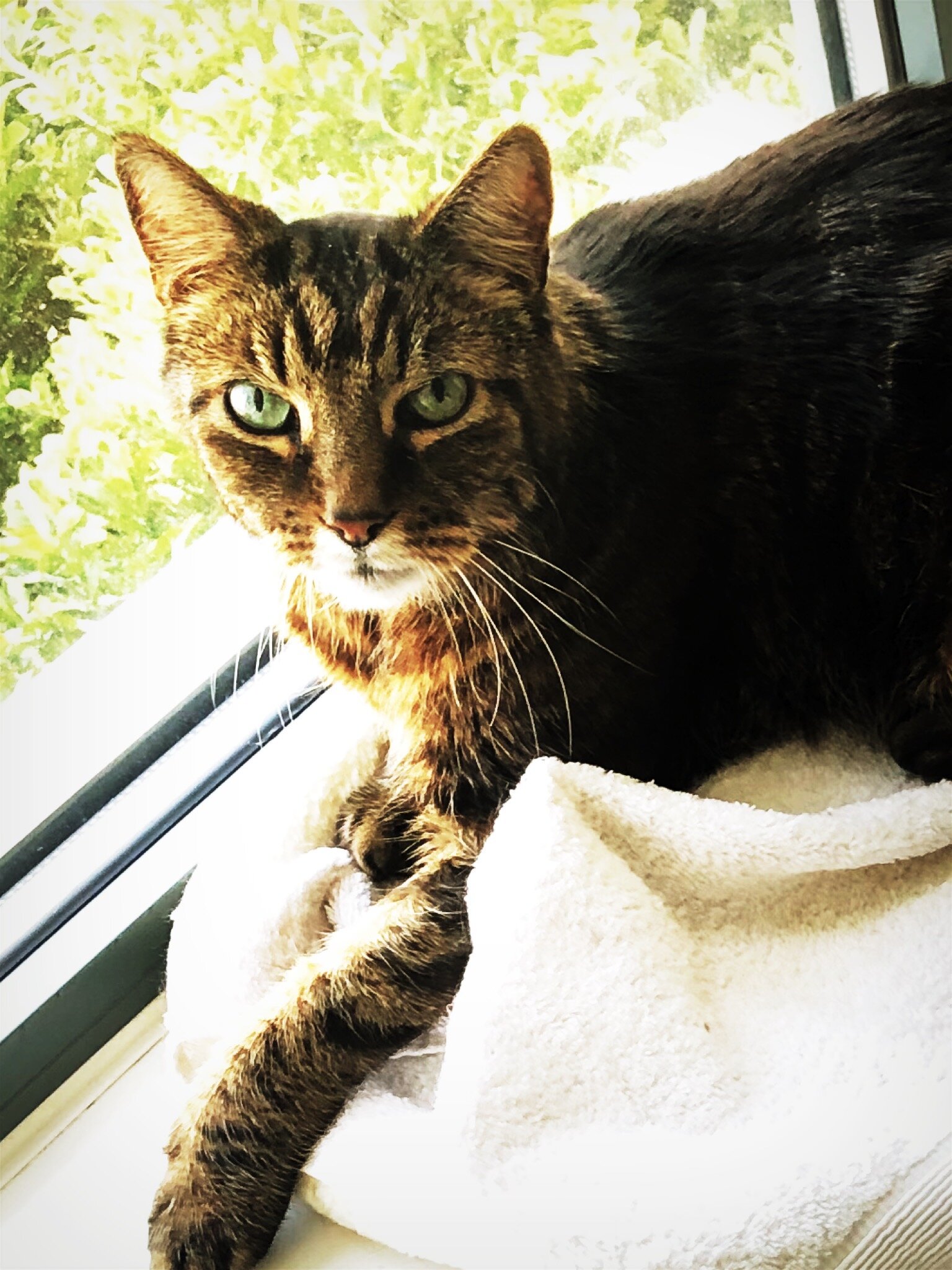


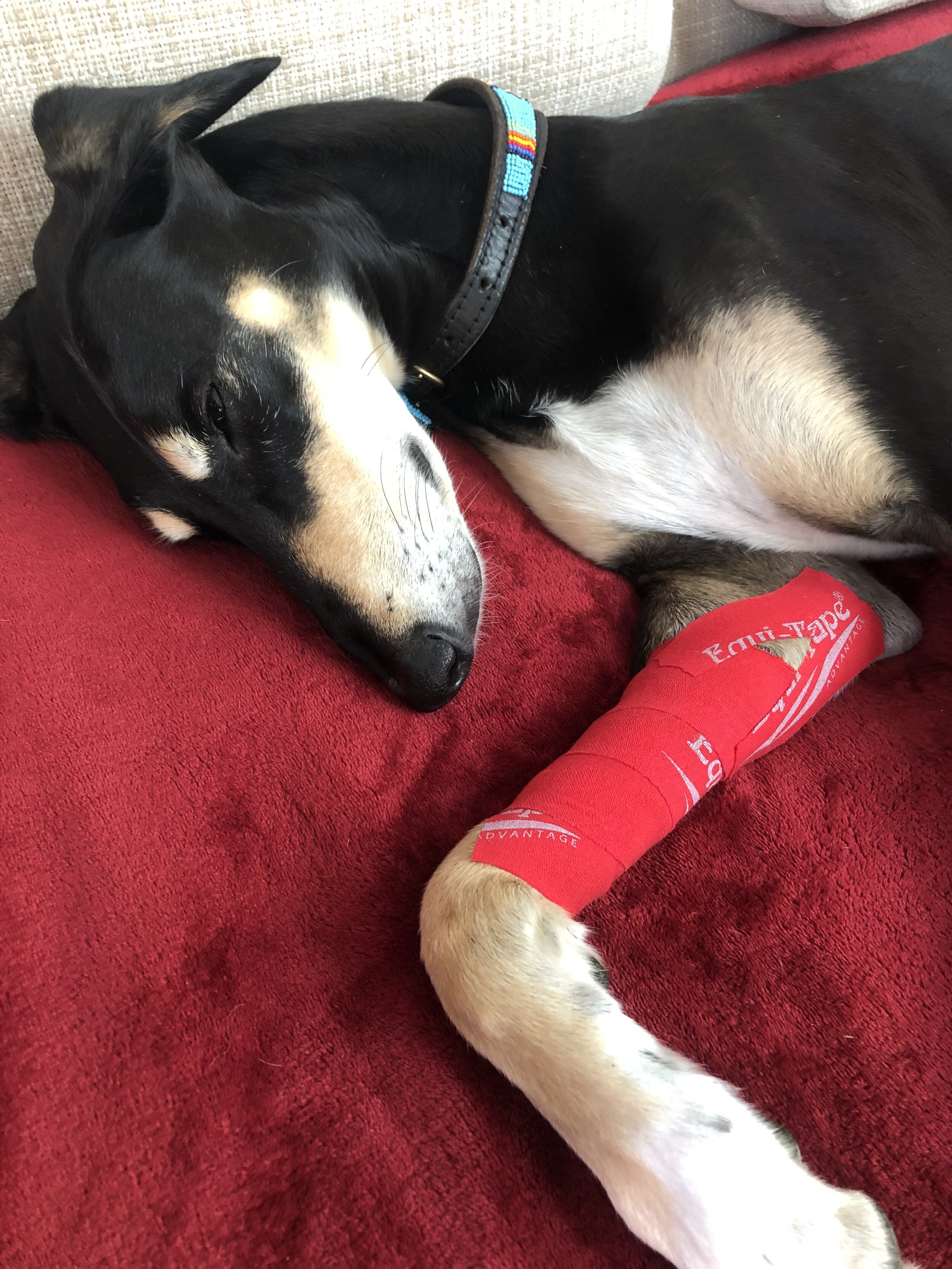
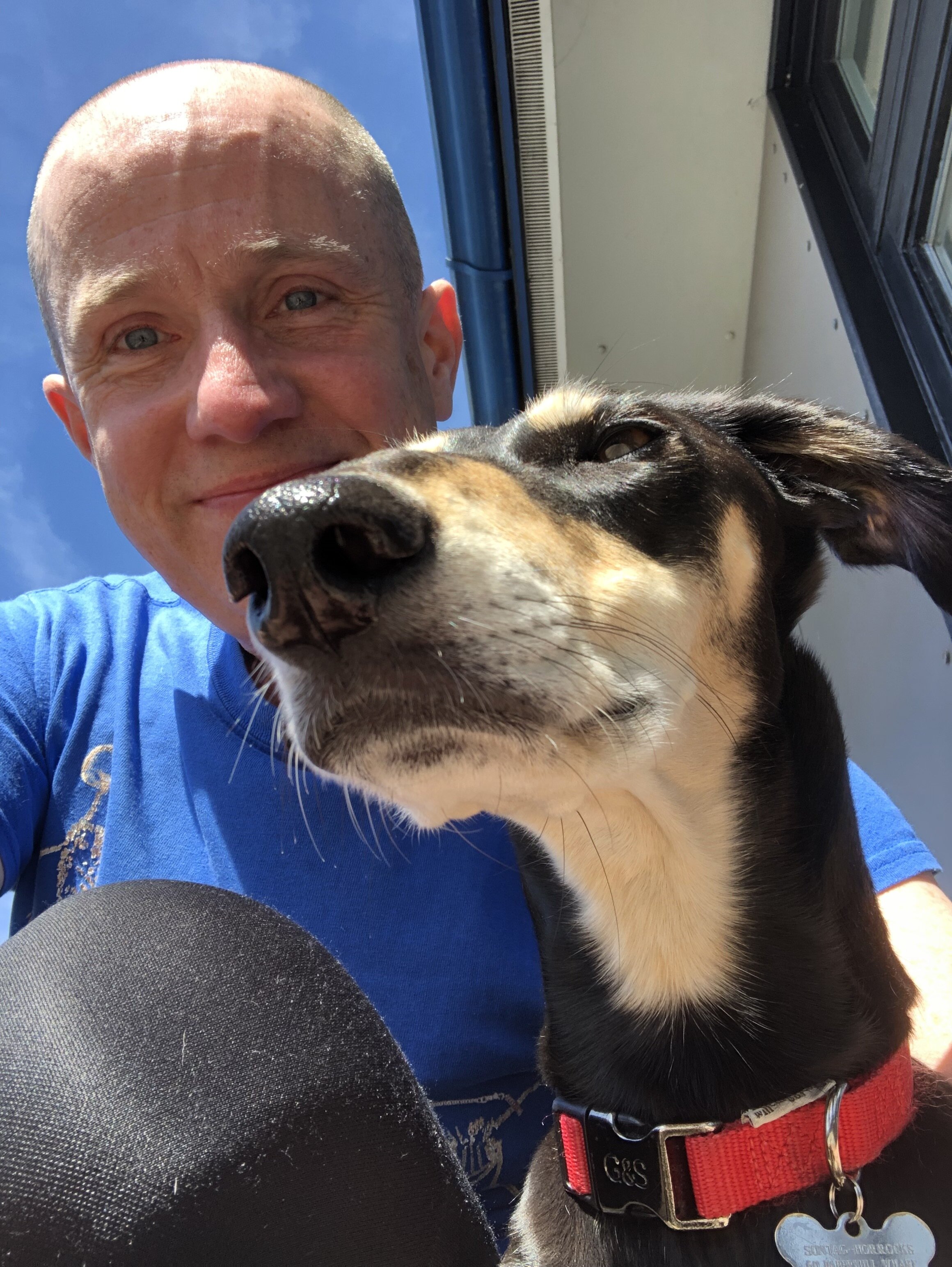

Glenn Sontag is a Member of The Register of Animal Musculoskeletal Practitioners (RAMP).
Glenn Sontag is a Member of The Register of Animal Musculoskeletal Practitioners (RAMP).


